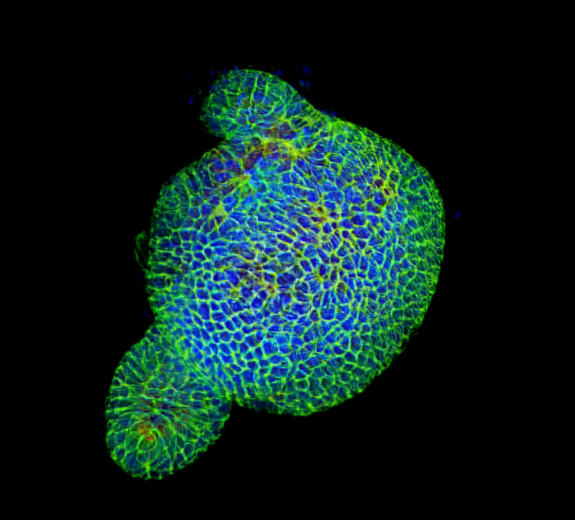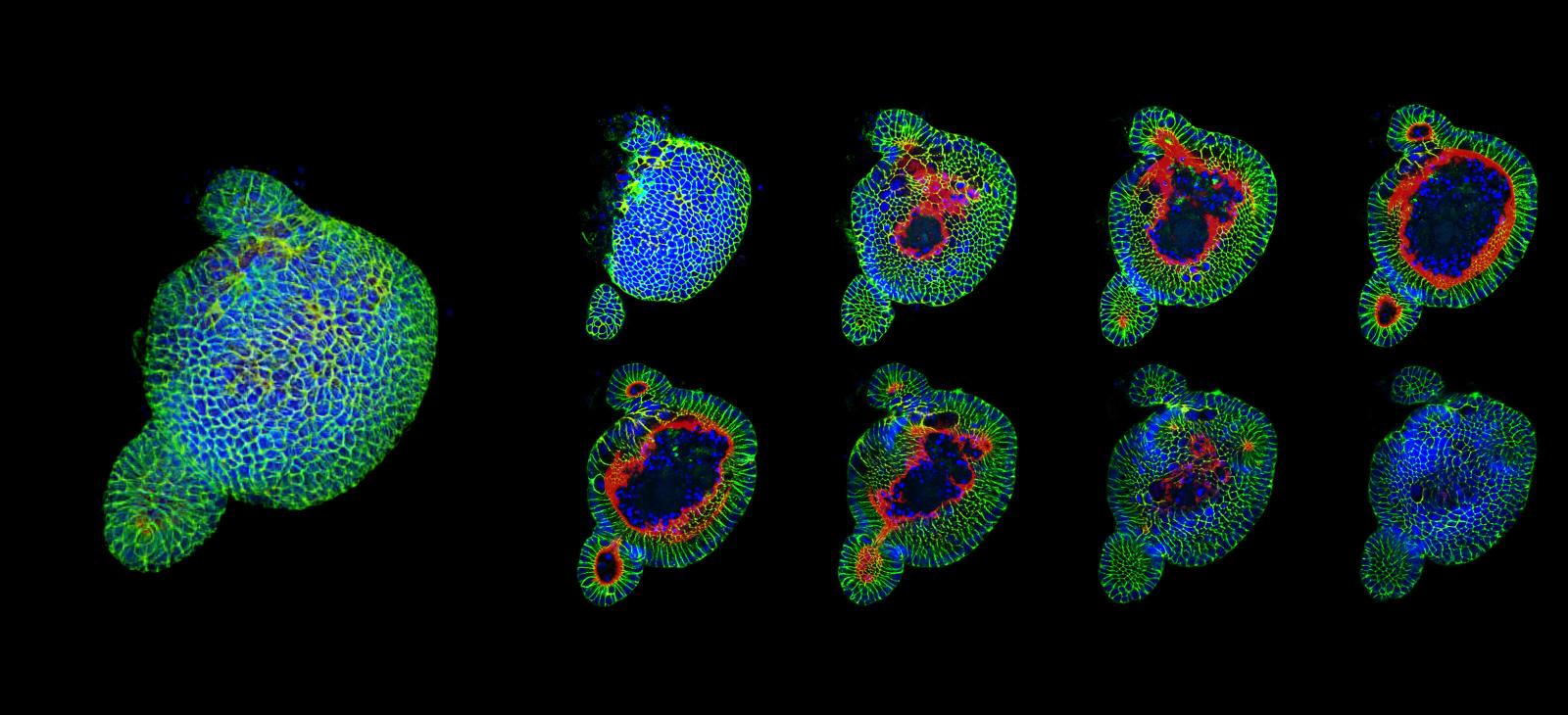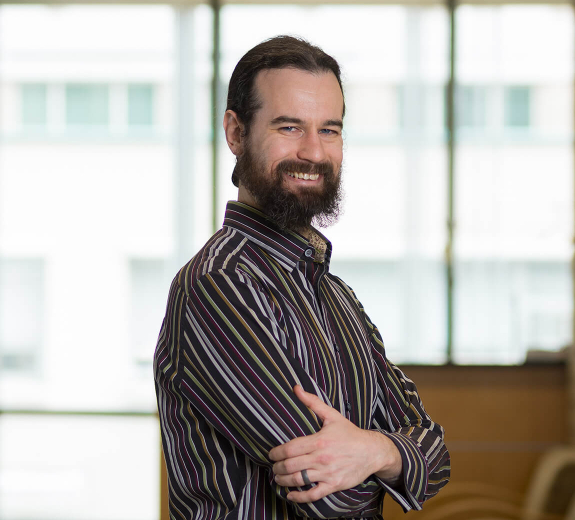“This is now the most powerful microscope we have at BRI, and BRI is one of only three academic institutions in the Pacific Northwest with this technology,” says Caroline Stefani, PhD, a systems immunologist who leads BRI’s Imaging Core. “These high-end technologies enable us to go faster, answer bigger questions, and branch out into new and exciting areas of research.”
Dr. Stefani is an expert in using advanced imaging tools to extract as much data from blood and tissue samples as possible. With this new tool, she’ll partner with scientists across BRI to dig deeper into existing research questions and take on new challenges in immune disease research. The following are highlights of how it will help advance research.








